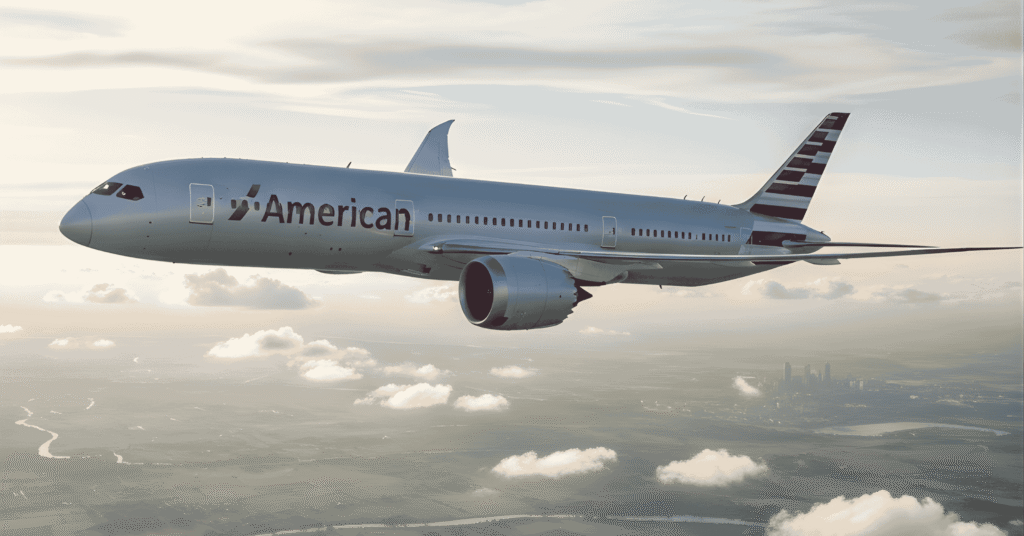American Airlines A321XLR Marks a Game-Changing Fleet Expansion
The future of transatlantic and cross-country travel is taking shape at American Airlines. The carrier has officially welcomed the Airbus A321XLR (Extra Long Range) into its fleet, a strategic move set to redefine its network and the passenger experience. This isn’t just another new plane; it’s a key that unlocks a new category of efficient, non-stop flying.
Let’s explore what the A321XLR means for American Airlines and its passengers.
What is the Airbus A321XLR? A New Class of Aircraft
The Airbus A321XLR is the latest and longest-range version of the popular A321neo family. Think of it as a specialized tool designed for a specific job: flying longer distances with incredible fuel efficiency, but on routes that don’t require the massive capacity of a wide-body jet like a Boeing 777.
Its core innovation is an integrated extra fuel tank that significantly extends its range without sacrificing too much cargo or passenger space. This allows it to connect cities that were previously just out of reach for single-aisle aircraft.
Why This is a Strategic Win for American Airlines
American’s decision to invest in the A321XLR is a masterclass in network optimization. Here’s why it’s a smart play:
Unlocking New Non-Stop Routes: The A321XLR’s range of up to 4,700 nautical miles opens up possibilities for point-to-point travel. Imagine non-stop flights from hubs like Philadelphia or Chicago to secondary European cities that currently require a layover at a major gateway.
“Right-Sizing” Capacity: Not every route needs a 300-seat aircraft. The A321XLR allows American to profitably serve thinner, long-haul routes with a more appropriate number of seats, ensuring flights remain full and economically viable year-round.
Enhanced Fleet Flexibility: This aircraft can seamlessly operate a short-haul domestic flight one day and a long-haul international journey the next, giving American’s schedulers incredible operational flexibility.
A Peek Inside: What Will the Passenger Experience Be Like?
While official configurations are still forthcoming, we can make educated predictions based on the aircraft’s design and American’s existing fleet.
A Focused, Premium Cabin: The A321XLR is expected to feature a comfortable, multi-class cabin. Passengers can anticipate a dedicated First Class with lie-flat seats, a spacious Flagship Business class, and a modern Main Cabin with the latest amenities.
The Single-Aisle Advantage: While it’s flying a long-haul route, the A321XLR is a single-aisle plane. This can create a more intimate and easily navigable cabin environment compared to the vastness of a wide-body jet.
Modern Comforts: As a new-generation aircraft, passengers will benefit from larger overhead bins, improved cabin air quality, and quieter, more fuel-efficient engines that make for a more peaceful journey.
Sustainability and Efficiency: A Greener Way to Fly Far
The “neo” in A321neo stands for “New Engine Option,” and it’s here that the aircraft truly shines for both the airline and the environment.
Significant Fuel Savings: The A321XLR burns approximately 30% less fuel per seat than previous-generation aircraft it will replace. This dramatically reduces its carbon footprint.
Reduced Noise Pollution: The advanced Pratt & Whitney GTF engines are significantly quieter, benefiting communities around airports with reduced noise levels.
Aligning with Industry Goals: This investment is a key part of American Airlines’ broader commitment to reduce its environmental impact and work towards a more sustainable future for aviation.
The Future is Non-Stop: Potential Routes on the Horizon
While official route maps are under wraps, industry analysts have their eyes on several exciting possibilities. The A321XLR could connect American’s hubs to destinations like:
From Philadelphia: Routes to cities like Copenhagen, Edinburgh, or Lisbon.
From Chicago: Non-stop services to Reykjavik, Brussels, or seasonal flights to the Greek Isles.
From Dallas/Fort Worth: Deeper forays into South America or Central Europe.
These are just examples, but they illustrate the new world of convenient, non-stop travel that is now within reach.
Conclusion: More Than Just a New Plane
The introduction of the Airbus A321XLR is a significant milestone for American Airlines. It represents a strategic shift towards smarter, more efficient, and more passenger-friendly long-haul travel. By connecting cities directly with the right-sized aircraft, American is not just expanding its map—it’s crafting a more sophisticated and sustainable network for the future of flight.
Stay tuned to the American Airlines newsroom for official route announcements and cabin reveals!

